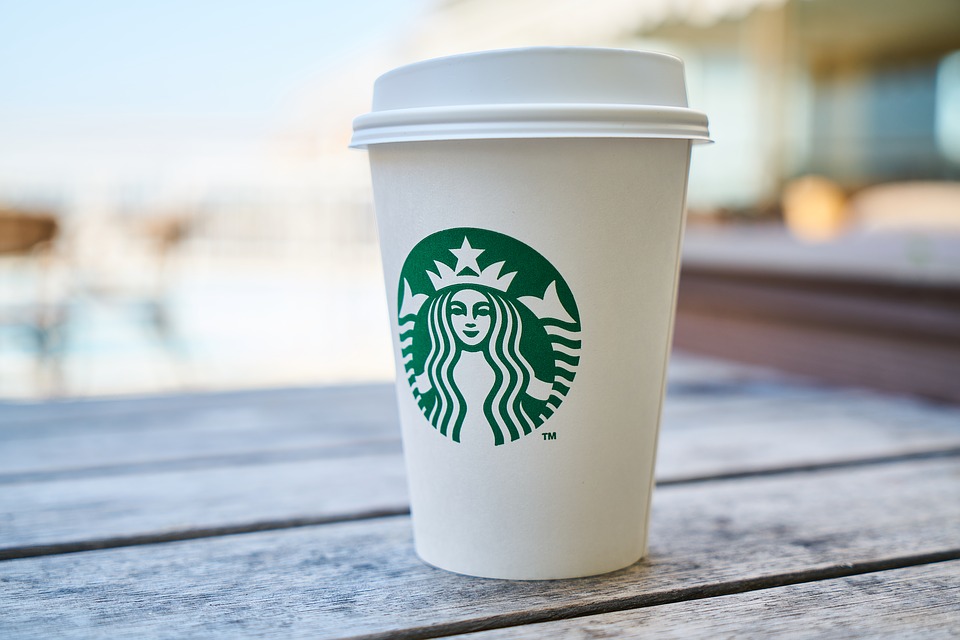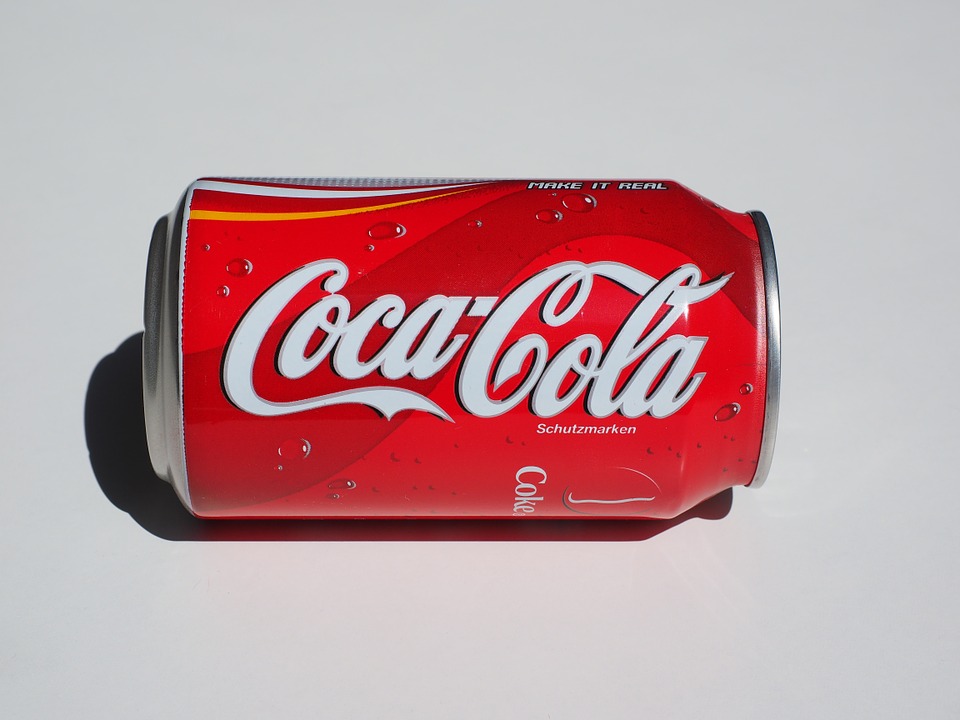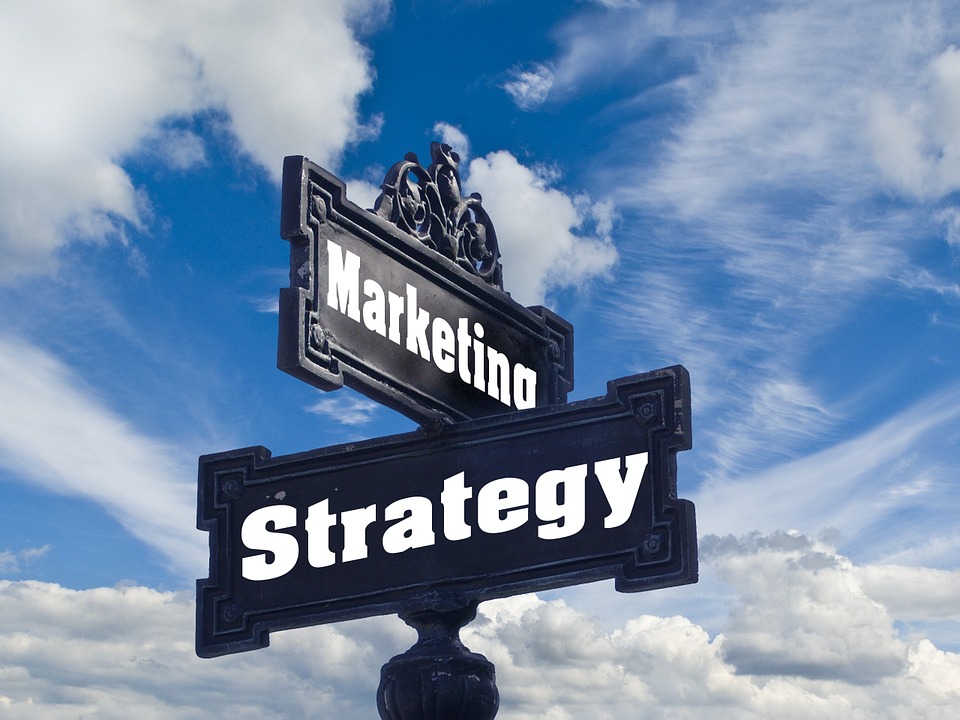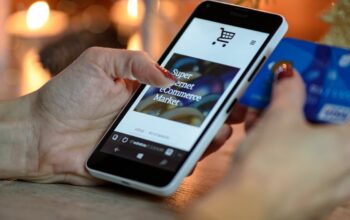The marketing world has undergone a multitude of drastic changes over the past decade or so, predominantly revolving around the world’s digital transformation. Long gone are the days of companies merely flogging a poster about to generate hype around their brand. Branding agencies and other methods are now available to make marketing much more immersive.
Online presence for businesses has become an essential factor in the modern world. We have adapted ourselves, (be it consciously or subconsciously) to use online sources to assist us in researching, listening and discovering a seemingly never-ending catalogue of products and information. It has almost become our second nature. Yes, the quantity of what is actually out there on the web is daunting at least, but the majority of us struggle to resist the temptation of having a browse on the daily.
It would be impossible to ignore, especially over the last few years, how critically important social media platforms have become in regard to generating brand awareness and revenue. The numbers of potential customers actively engaging via social media online is ever-rising, resulting in businesses changing their approaches to marketing from ‘business first’ strategies to ‘audience first’ strategies. Before the world could share posts to thousands online, companies considered it important to convey their messages of what they want to create as a business. Essentially, businesses would be selfish; and it worked! However, with the numbers of online customers surging through the roof, it is now deemed more important by many to identify a target audience and use social media and certain timings to convey the intended message. Here are a couple of examples of how big businesses have strayed from ‘business first’ to ‘audience first’.
Starbucks

Originally, Starbucks intended on establishing themselves as “the premier purveyor of the finest coffee in the world”. Therefore, it is evident their original ideology was based around their own gain, to be the best at what they do. However, as time has progressed, so has culture and the company’s aims. Their ideology changed and they soon wanted to make Starbucks “The Third Place” – the concept of a third place that exists between home and work. Due to this, their new mission statement became “To inspire and nurture the human spirit – one person, one cup and one neighbourhood at a time”, highlighting the need for a personal connection amongst customers and baristas. This was merely the beginning.
As the online world grew, so did Starbucks. This was recognised in their “Meet Me at Starbucks” 60 second advert in 2014. This was the first time the company tried to convey its values on a digital, worldwide-accessible scale. Containing shots from Starbucks stores across 28 different countries within the exact same day, it plays on ideas that its customers are tech-savvy and that the most idyllic way to connect is via face-to-face interaction. Whilst the advert implies Starbucks is the place to meet, the underlying message here is that Starbucks has recognised technology has hindered many people’s ability to socialise. As a result, this is their quirky, satirical way of commenting on it. The use of shots connoting “authentic, unscripted, moments of connection” brings to the fore how the digital age is not only affecting society, but marketing also.
Furthermore, as most of you will already be aware, Starbucks later began to write customers names on the cups of coffee. Ever had your name spelt wrong on it? Yep. Was it an accident? No. In fact, it’s rather genius indeed. Starbucks recognised that as the world was becoming more dependent on social media, maybe they should too. By writing people’s name’s wrong on the cups, conversation is immediately generated. And with a large percentage of modern conversation being online, they’ve hit the nail on the head. Millions of people flooded in to share their misspelt names on social media platforms, creating a worldwide conversation revolving around Starbucks – for absolutely free! This really highlights how Starbucks understood the dominance of social media as they knew the public would share their product online without being told to. Starbucks were one step ahead, but with the rapidly growing need for socialising online, maybe all marketing campaigns are going to have be one step ahead also.
Coca cola

Quite similarly, Coca-Cola originally focused their branding and marketing solely around becoming the nation’s most popular cola. This was done in several ways, propelling Coca-Cola to the heights it has hit today. One of these methods was the logo. The business decided that the logo should be written un in the Spencerian script accountants used due to the fact it would differentiate from its rival competitors. Standardized in 1923, the logo was to be untouched, whilst the packaging would change with the times. Another way they ensured they were regarded as the biggest cola company was through the bottle. To stand out, they launched a contest for a new bottle design that would imply that Coke was premium and couldn’t be confused with any other variation of cola. One entry was inspired by the cocoa bean, which Coca-cola took a liking to and began promoting the shape of the glass bottle more than the product and logo itself.
In contrast to this, in 2013 Coca-cola launched their “Share a Coke” campaign. With the digital age well underway and with “sharing” posts recently becoming the norm, now was the time for a sharing-based campaign. The business came out and said, “Share a Coke is about taking our global brand and making it personal to our consumers, giving them the chance to Share a personalised Coke with friends or loved ones and creating special moments of happiness, and memories”. With a frenzy of stories and selfies being shared, the world went crazy over the campaign as they had no prior knowledge this was coming. As a result of this, there were 998 million impressions on twitter and 235,000 tweets using the #ShareACoke hashtag. With over 150 million personalised bottles sold, it is evident the love society has for sharing their experiences online.
If we reflect on Starbucks and Coca-Cola’s campaigns here, one thing stands out; the inclusion of the customer’s name. Many moons ago, businesses wouldn’t have bothered about the customers participation as long as their business had growth and was at the top. However, with the digital age more influential than ever, the world has recognised that people long for inclusion, that sense of belonging.
“People do not buy goods and services. They buy relations, stories and magic” – Seth Godin.
Related Posts












